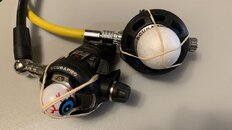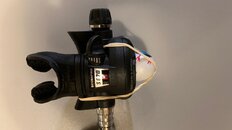I get 2 years out of home punched seats in unbalanced downstream seconds.... In a balanced second, the spring pressure is lighter and therefore should take longer to cause a set. Of course, my advice is always worth what you paid for it!Personally, all I want from a seat is two years of lifetime.
Respectfully,
James





